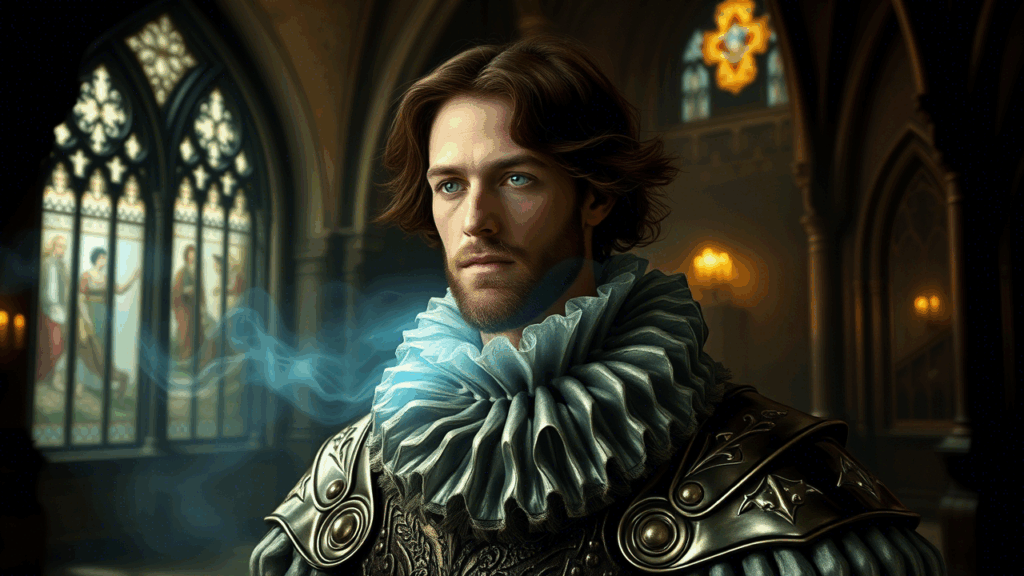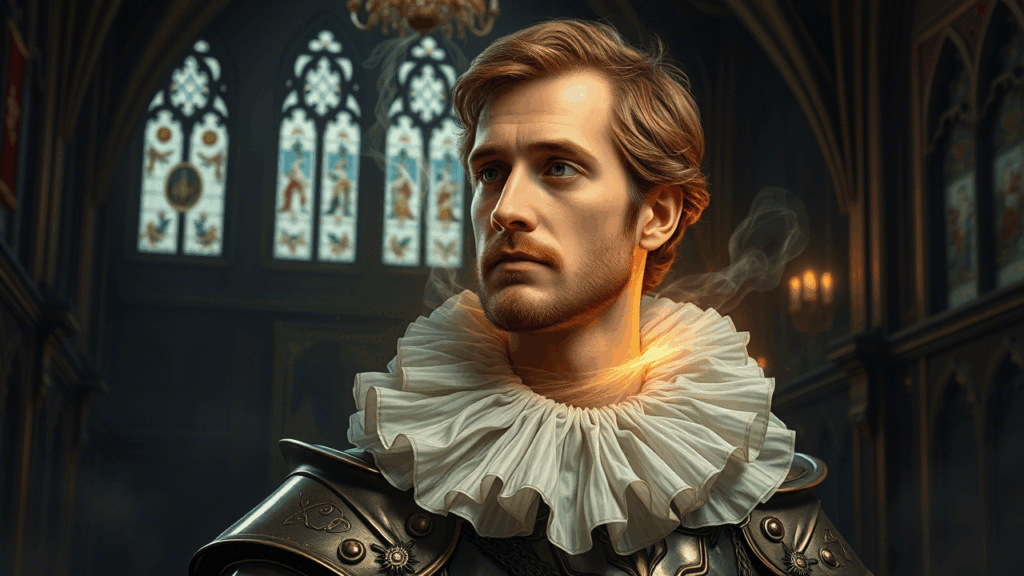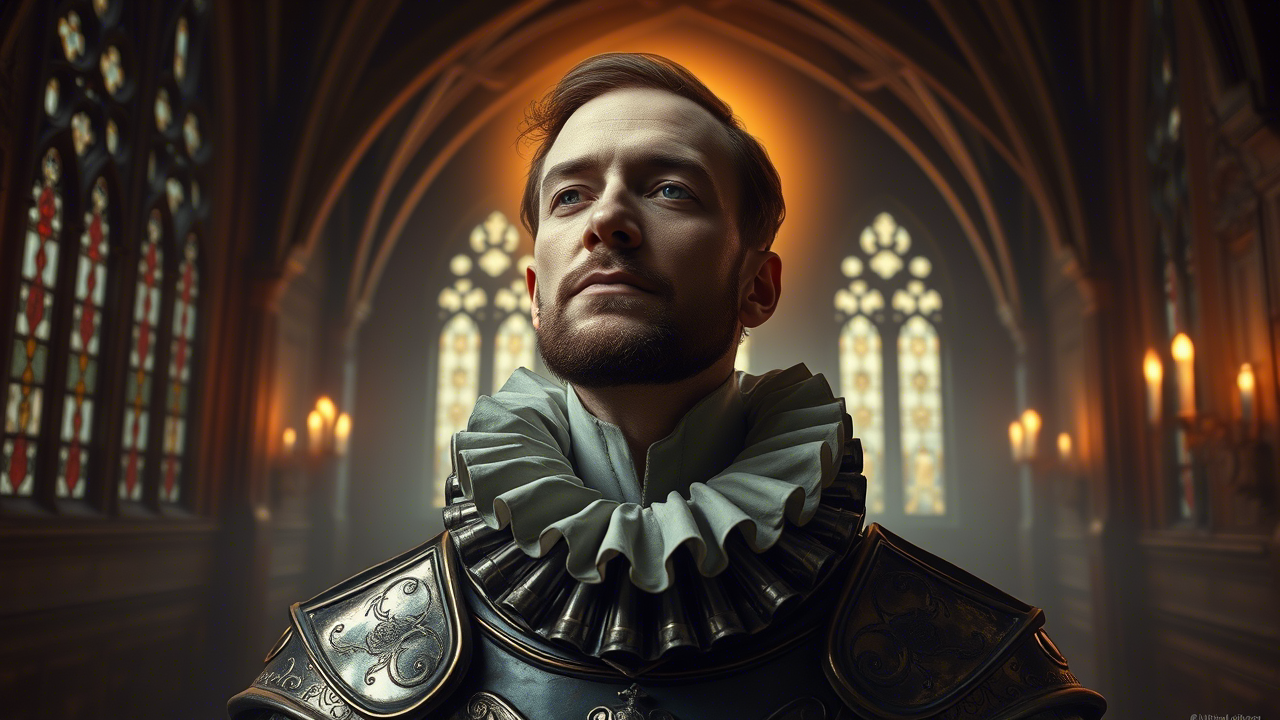Who is Nearly Headless Nick?
Nearly Headless Nick is not just any ordinary ghost haunting Hogwarts; he is Sir Nicholas de Mimsy-Porpington, a once-noble courtier turned resident spirit of Gryffindor Tower. His moniker, as curious as it is tragic, comes from an execution gone wrong, leaving his head hanging by just a thread of skin. His presence in the Harry Potter series isn’t just a comic reprieve; it is layered with history, emotional depth, and the kind of eerie charm that makes Hogwarts feel truly alive.
Why Does He Matter in the Wizarding World?
In a world full of talking portraits and enchanted staircases, Nearly Headless Nick adds a ghostly dimension to life at Hogwarts. He serves as a connection between the living and the dead, offering both comic relief and profound insights about mortality. He is also one of the few characters to expose the true limitations of magic—it couldn’t save him from a botched execution or prevent the fear that kept his soul earthbound.
But he is not just a sad figure; he has his pride. He wears a ruffled collar to hide the gruesome remnants of his beheading, and he keeps a polite, even aristocratic tone. His character walks the line between dignity and disaster, and that duality gives him depth unmatched by most other ghosts in the series.
What Makes His Story So Memorable?
Unlike faceless phantoms or spooky clichés, Nearly Headless Nick comes with a backstory rich in lore and irony. Born in the 15th century and dying in 1492, his life ended when a spell to fix a lady’s teeth went awry, replacing the crooked smile with a tusk. Arrested, wandless, and forced to face an inept executioner, he endured 45 swings of a blunt axe—the result: a haunting half-decapitation.
This bizarre detail isn’t just there for laughs. It shapes his ghostly identity and feeds into his greatest humiliation: his rejection from the Headless Hunt. They refuse to accept him because he is not completely headless. This constant denial chips away at his ego and adds a note of tragicomedy to his otherwise posh demeanor.

How Does He Fit into the Larger Hogwarts Mystery?
Nearly Headless Nick is more than a backdrop at Hogwarts. He’s a part of the school’s social fabric. Whether it’s inviting students to his gloomy 500th Deathday Party or offering sage advice about life after death, he builds a bridge between the ghostly and the living. The Deathday Party, especially, opens a window into the ghost culture—complete with rotten food, eerie moans, and a heavy presence of rejection by the Headless Hunt.
This event isn’t random filler—it deepens the reader’s understanding of what it means to become a ghost in the Wizarding World. Nick’s fear of death, more than his death itself, is what chains him to the mortal plane. His presence gives us the clearest insight into the choice wizards face: move on, or remain behind as a ghostly echo. It’s a powerful metaphor for letting go versus holding on.
What Lessons Does He Teach?
Nearly Headless Nick’s story is a quiet lesson in fear, pride, and acceptance. Despite being sorted into Gryffindor, a house known for bravery, Nick couldn’t summon the courage to face the unknown after death. He stayed, not because he had unfinished business, but because he was afraid. This paradox of a Gryffindor ghost held back by fear adds complexity to the character and raises questions about what bravery means.
His existence is a gentle reminder that fear can linger long after life ends. It also underscores the idea that not all regrets come from actions taken; some come from chances never embraced. Nick embodies that missed opportunity, that hesitation at the edge of transformation.
Is There a Modern Relevance to His Character?
Absolutely. In today’s world, where the conversation about death is often hushed or avoided, Nick’s tale provides a surprisingly eco-friendly lens on the afterlife. He leaves behind no waste, no carbon footprint—just a translucent imprint of a man who once was. In a quirky way, Nick’s existence aligns with eco-friendly principles. He consumes nothing, uses no resources, and disrupts no ecosystems. His ghostly state, while unnatural, is perhaps one of the most sustainable forms of existence in fiction.
Moreover, his inclusion in modern adaptations like Hogwarts Legacy ensures that he continues to resonate with new generations. He’s not just part of the old books anymore. He’s guiding players through Hogwarts again, offering new interactions while maintaining his original charm and melancholy.

What Keeps Him Popular?
It’s the balance. Nearly Headless Nick is humorous but not hollow, tragic but not hopeless. He offers philosophical weight without turning morbid. His situation feels oddly relatable: he wanted acceptance, feared the unknown, and got stuck in between. Whether it’s being passed over by a club or regretting a decision that changed everything, most people have experienced their version of Nick’s dilemma.
He also fits snugly into the larger narrative of the Harry Potter series. He is a piece of the world that deepens the setting and enriches the story. He’s not a front-liner like Harry or Hermione, but he helps build the scaffolding of Hogwarts’ haunted history.
Also Read:https://globaltrek.co.uk/logan-lucky/
Final Thoughts: Is Nearly Headless Nick Just a Ghost?
No. He’s a symbol. A reminder that even in a magical world, fear still exists. Regret still lingers. And identity isn’t always neatly wrapped up in heroic acts. Nick shows that even the afterlife isn’t free from awkwardness or insecurity. He remains memorable not because he’s the scariest ghost, but because he’s the most human.
Bottom Line: Understand it. Manage it. Don’t fear it. Let Nearly Headless Nick work with you, not against you.



